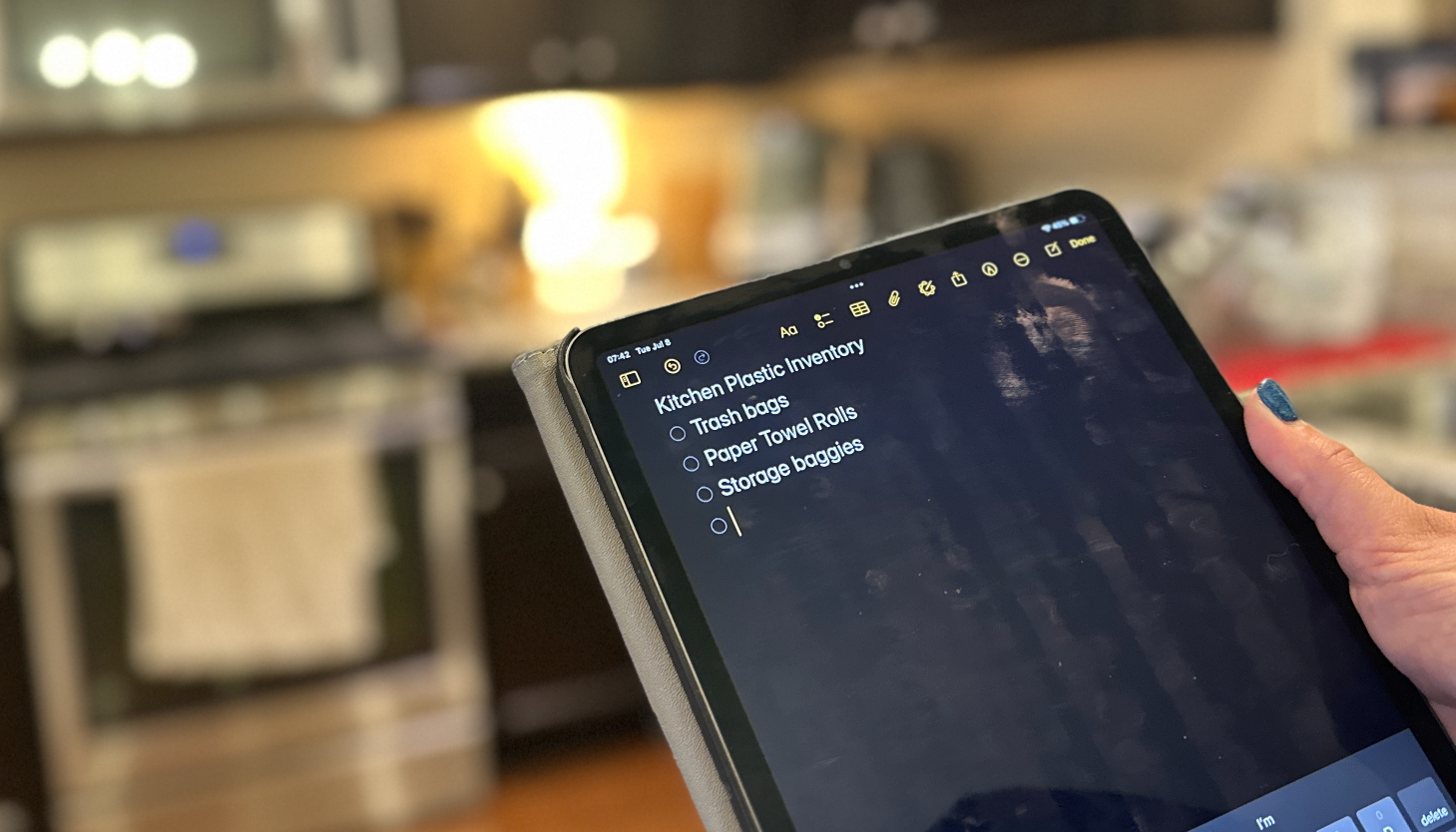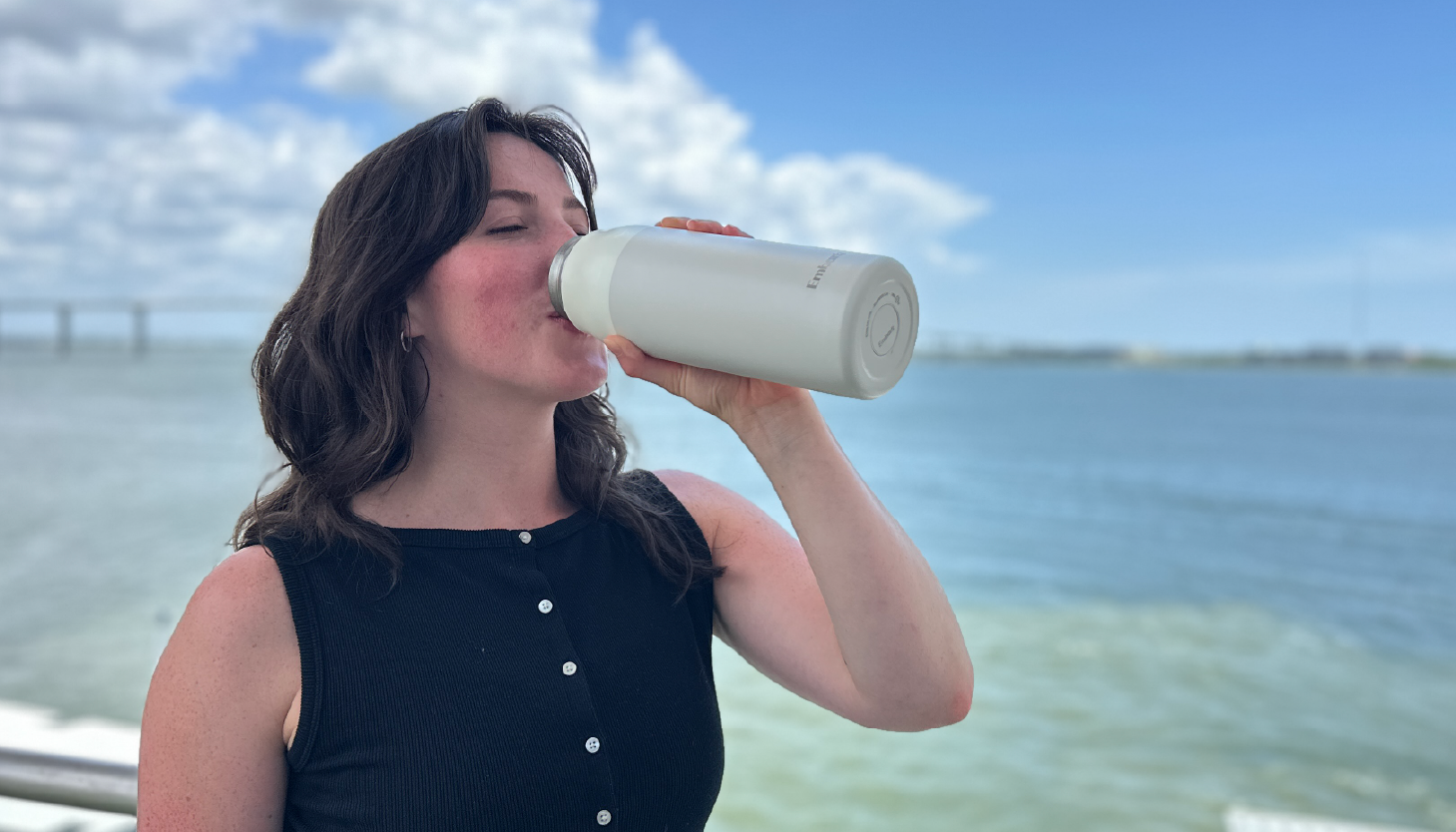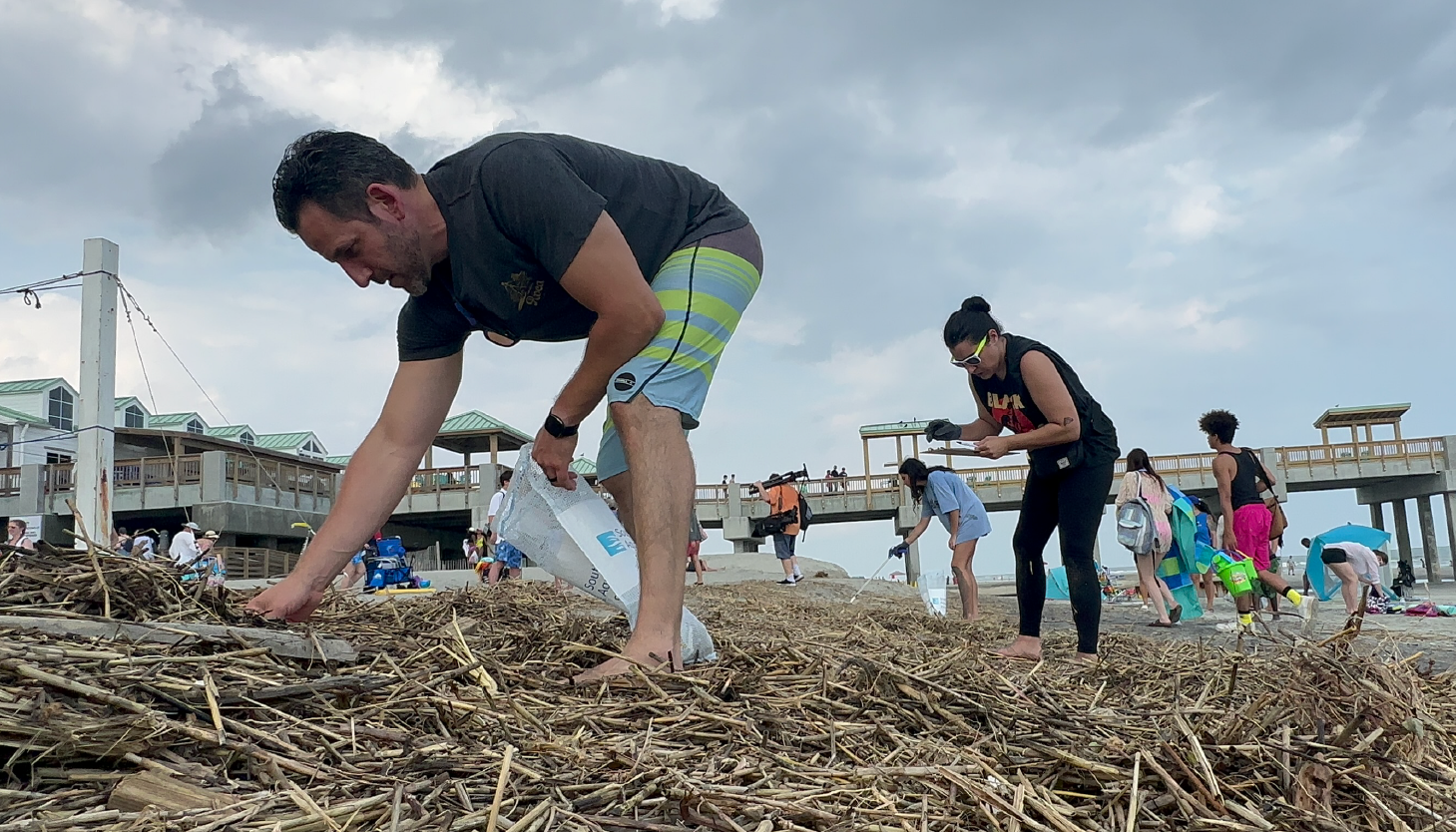Our world is in a constant state of flow and transformation. Just as water circulates from rain and rivers to saltmarshes and oceans, plastic travels the same pathway and leaves detrimental impacts in its wake. The way we treat our world ultimately cycles back to impact us all.
The cycle of plastic consumption can feel especially hard to break. Sustainable choices might seem overwhelming, costly or simply out of reach at times. That’s why Plastic Free July is the perfect moment to pause, reflect and explore small changes that ripple into big impacts.
This month, reconnect with your daily habits and discover ways to reduce plastic that feel doable for you. These 10 actions lay the framework for a more sustainable future.
Research the Reason
When initially invented, plastic was considered a win for the natural world because it allowed us to reduce our reliance on plants and animals for certain products. However, because plastic doesn’t break down naturally, it gained notoriety for sticking around way longer than anticipated. Take time to research how plastic is produced and why recycling can only go so far in solving the issue.
Take Inventory
Have you ever taken an audit of what plastic items are part of your daily routine? Perhaps start in one room and work out from there. Ask yourself, “What here is a necessity, and where could I substitute for a more sustainable option” Starting small and targeted is the way to go!
 Start with a list of the plastic items you use daily.
Start with a list of the plastic items you use daily.Pause Before Purchasing
Before you rush out to fill your cart with all new plastic-free products, take a pause! It’s actually more sustainable to use up the plastic items you already have at home than to toss them out. That trusty reusable plastic water bottle is still keeping countless single-use bottles out of the trash, and that plastic toothbrush from your dentist will leave your teeth sparkling just fine for now. Making the switch to plastic-free alternatives doesn’t have to happen overnight! A gradual transition is not only better for your wallet, but also makes these lifestyle changes more manageable and meaningful.
Consider Creative Uses
If it really is time to upgrade that toothbrush, consider turning it into a tool to clean the obscure or hard-to-reach places in your home instead! Apply this creative thinking to all items you’re about to toss out: Can I reuse this at home or work? Could I give this to a neighbor? Is this in good condition to donate? Practicing mindfulness can make a major difference in your plastic consumption.
DIY Before You Buy
Did you know that many everyday cleaning products — like laundry detergent, all-purpose cleaner or dishwashing powder — can be made at home using just a few simple ingredients? You can often buy these ingredients in bulk or in paper packaging, cutting down on plastic waste. Instead of lugging home giant plastic jugs of detergent, try finding a DIY recipe online that works for you.
 Homemade cleaning products keep our wallets and planet happy.
Homemade cleaning products keep our wallets and planet happy.Source Secondhand
Most clothing is made of synthetic material and shipped across great distances before you even lay eyes on it in the store. Instead, try thrifting! Take some time to stroll about secondhand shops for new-to-you clothing, and keep your eyes peeled for other useful plastic-free upgrades.
Bring Your Own… Well, Anything
Be prepared when you leave the house by keeping reusable items on hand, like silverware, takeout containers, a water bottle or reusable straw! Keeping these items close will make it easy to refuse single-use plastic on the go.
 Reusable bottles keep your water fresh and cold all day!
Reusable bottles keep your water fresh and cold all day!Find Fresh Options
Fresh produce typically comes with less plastic than prepackaged or frozen options. This simple swap can make a big difference! Take it even further by bringing your own cloth produce bags to the store, or just skip the bag altogether. If fresh produce doesn’t always fit into your budget, canned items can be a great alternative (plus, you can recycle them afterward).
Support Local, Shop Small
Handcrafted products, locally grown food or regionally sourced meat and seafood have a low carbon footprint because they didn’t need to be transported a long distance and are often found in less plastic packaging. If you need inspiration on where to look, start with our Good Catch partners who not only source at least one-third to half of their seafood locally, many of them also commit to minimize or eliminate their single-use plastic use.
Collect Waste as You Wander
One of the easiest habits to develop is picking up stray litter on your daily strolls and tracking it in the Litter Journal, a project in the South Carolina Aquarium Citizen Science app! Be prepared by packing a small trash bag for the impromptu litter sweep or two. If you’re interested in meeting others committed to conservation, consider joining or hosting a community litter sweep!
 Picking up litter is beneficial no matter where you do it!
Picking up litter is beneficial no matter where you do it!There is no one-size-fits-all solution to mitigating plastic pollution. Actions that work for you may not work for others, but when we collectively work toward the same goal, big changes can be achieved. Join one of our litter sweeps this month to keep plastic debris out of our waterways and meet likeminded individuals who are celebrating Plastic Free July, too!
Published July 7, 2025


